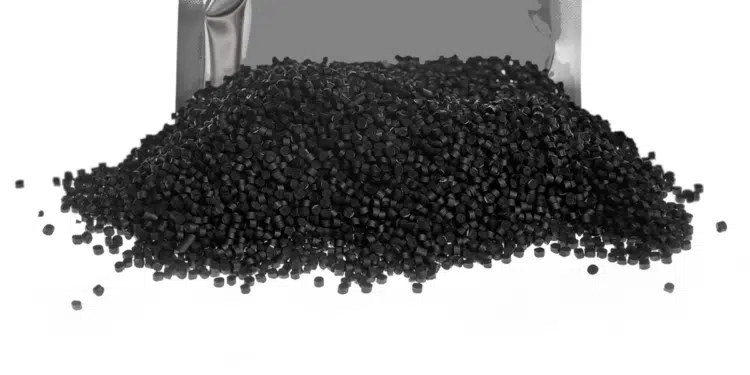Circuit breakers are safety-critical components, but as the greases used in conventional circuit breakers can decompose over time, businesses are faced with recurring and costly maintenance. To tackle this problem, the CircuitBreakers Spearhead Project, funded by the Graphene Flagship and led by industrial partners ABB, Nanesa and GraphMaTech AB, is developing a grease-free circuit breaker, using graphene’s self-lubricating properties to save businesses huge maintenance costs.
Low voltage circuit breakers (LVCB) breakers, which are common in domestic and industrial applications, use grease-lubricated steel-steel mechanical joints. The grease in these joints has major limitations. This is due to the fact that it stiffens with age, has a narrow temperature window and moves away from the contact spot during operation.
Lack of lubrication is the number one problem test technicians find when servicing circuit breakers in the field.While all circuit breakers have lubricant applied to them at the time of manufacture, over time, this lubricant dries out, leaving metal-to-metal wear in its place.
The CircuitBreakers Spearhead Project will see the development of a cost-efficient graphene and related materials (GRM) based circuit breaker prototype, which will enable maintenance free operation. The project aims to deliver stable performance in a wider temperature range than existing circuit breaker options.
“These next generation circuit breakers will enable a robust electrical system that secures the continuous operation of critical facilities, such as renewable-energy generation sources, hospitals and data centres,” explained Anna Andersson, leader for the CircuitBreakers Spearhead Project and principle scientist at ABB corporate research. “Although circuit breakers are designed and thoroughly validated for the application, the risk of any undesired outage of an electrical system due to circuit breaker failure cannot be taken lightly.
“Issues with electro-mechanical operating mechanisms due to lubrication decomposition has been identified has one of the key failure modes in circuit breakers. In this project, a multifunctional metal-GRM composite coating, manufactured by a cost-competitive electroplating process, will be utilized as self-lubricating mechanical components and a new generation of robust lubrication-free circuit breaker prototypes will be built by incorporating this coating into mechanical drive components.”
Copper (Cu)-GRM coatings have so far been successfully produced with the friction properties of this coating proving acceptable and comparable to greased contacts. In addition, the coatings show low wear, good adhesion and better oxidation resistance compared to pure copper. In just three years, the Spearhead Project predicts a fully functional and tested prototype will be ready for industrial implementation.































